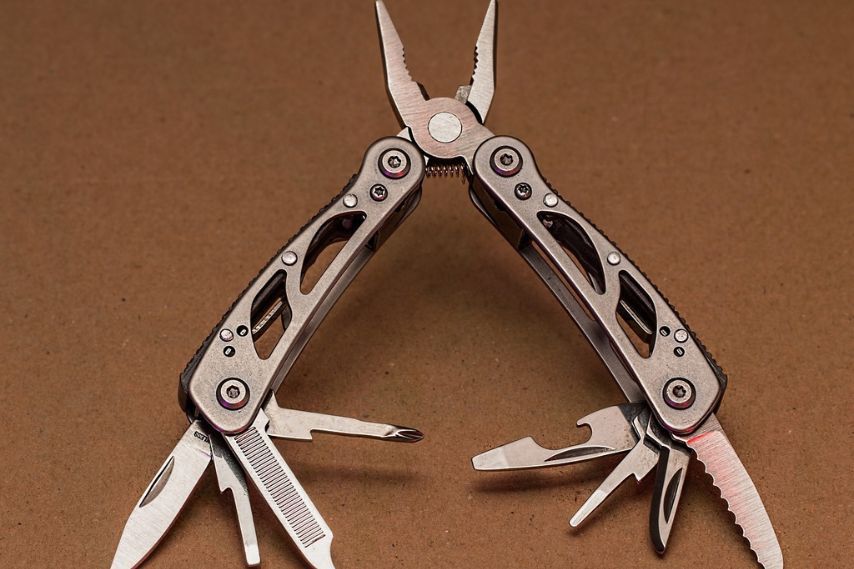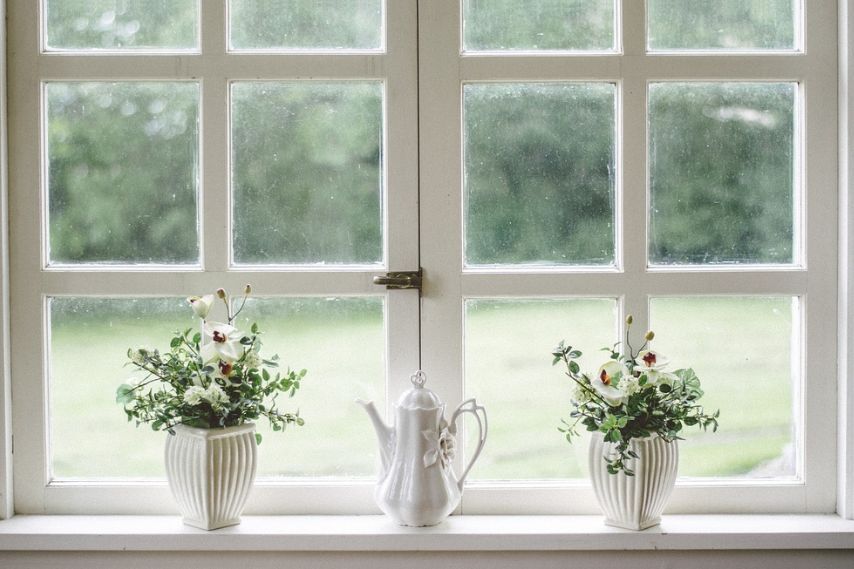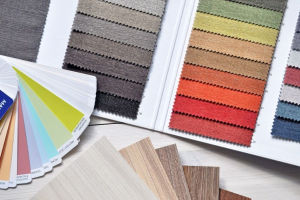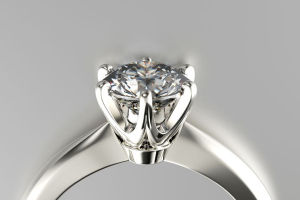5 Simple and Unique Multi Tool Blade Hacks

Explore a variety of hacks to maximize the utility of multi-tools
Multi-tools are prevalent among remodelers, contractors, and DIY enthusiasts. Having said that, versatile tools can make sand metals, cut wood, and scrape surfaces. Such tools are handheld, electrically powered, and operate in an oscillating motion. They have multiple attachments designed to handle professional and household construction projects.
You can use multiple tools to cut pipes, screws, and nails. Make undercuts in doorways, trim floorboards, and cut openings in drywalls. The blades of multi-tools have many uses and benefits. Discover amazing multi-tool hacks to maximize the usefulness of your tool.
1. Sharpening Knives
Multi tool blades have high carbon and alloy steel. Top-tier manufacturers blend thick gauge metals with special techniques to create durable blades. You will find multi-tool blades with hardened carbide teeth to handle abrasive and metal applications. They have the strength and resilience to handle tough jobs such as sharpening knives.
Are your kitchen knives blunt and have no sharpening stone? You can use the blade of your multi-tool to sharpen the knife. Although this hack works with most multi-tool blades, it requires extra carefulness and attention to detail. Over pressing the knife against the blade can eat up your knife. You can even get hurt in the process if you are not careful. Watch out for errors when sharpening your knife with a multi-tool blade.
2. Scoring a Line on Glasses
Do you want to replace your car mirrors or glass windows? You can use your multi-tool blades to cut and trim the glass. These powerful weapons have semicircular, rounded, and straight blades that can make lines on glass. Use semicircular or round multi-tool blades to make linear cuts on your glasses. You can make clean cuts with shallow scoring cuts. That allows for ease of breaking the mirrors without shattering.
Multi-tool blades make accurate cuts on glasses. Your glasses rarely shatter or break when you score them with the right blade. However, ensure you create accurate and detailed scores. The mirror cannot produce precise cuts when scored inaccurately. Some blades are suitable for scoring lines on glasses. Using the wrong blade can break the glass.


3. Cut Nails and Screws
One of the primary jobs of oscillating tools is to remove molding and trims screwed and nailed into the surface. Use a carbide-tipped blade to remove the trims and molding. It can effectively cut through the screws and nails to make the work easier.
One real-life application is the removal of fence panels with screwed-in or nailed portions. You can use the right multi-tool blade to cut the nail or screw it into two parts. That will not affect or damage the fence panel or the attached components. You can also cut and remove nails attached to plywood or other wood materials. Use a sharp blade for cutting nails and screws to avoid causing further damage.


4. Removing Sealants
Another top-tier hack of oscillating tools is the removal of sealants. You can use the blades of these multipurpose tools to remove spray foam, caulk, and adhesives. You only need to hook a sealant removal blade to your oscillating tool. That makes the sealant removal much faster. These blades can penetrate deep into the space around door frames and windows to scrape out the dry caulking.
The sealant removal attachment is detached from your multi-tool body. A scraping tip hooked to the tool can penetrate beneath the lip of the old sink. That way, it can remove the silicone sealant that connects it to the countertop top. These tools take on complex and intricate jobs you cannot handle with traditional saws, including sealant removal.
5. Sanding Furniture
One standout feature of oscillating tools is the ease of control. You can control and manipulate the operations of this tool to your satisfaction. A multi-tool is easier to handle than a power sander. You can use it to effectively sand down furniture, meeting the highest level of accuracy and efficiency. You do not even need to worry about the risk of damaging the furniture surface.
Leverage the accuracy and efficiency of these tools in sanding hard-to-reach areas. You can even sand tight spaces in furniture, including diagonals and corners. You only need to use the right blade for the job. Use serrated blades for a more accurate and efficient job.
You can cut fibrous materials such as ropes, tree branches, and plastic. They have aggressive teeth that cut efficiently without requiring much downward force.


Wrapping Up
Multi-tools are what you need to make your indoor and outdoor projects successful. These tools were built with versatility and flexibility in mind. You can use them to handle various complex sanding and scraping projects. They allow you to adjust their blades, ensuring you can handle more projects. You can use the tools to sharpen your knives with a multi-tool oscillating tool. You can effectively sand hard-to-reach areas of furniture and other sandable materials. Some people use these tools to remove sealants, score lines in glasses, and cut nails and screws.




